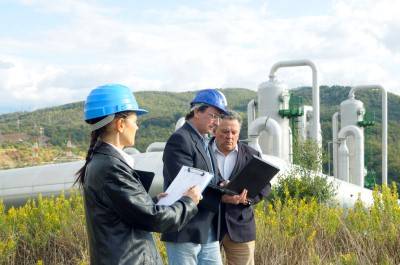Many claims and litigation result from environmental surveys and their impact on business. An Environmental Site Assessment (ESA) is a report prepared for a real estate holding which identifies potential or existing environmental contamination liabilities. The analysis addresses both the underlying land/groundwater as well as physical improvements to the property. The environmental assessment of a property can also address potential wetland impacts and necessary tree removal. The examination of a site includes the definition of any chemical residues within the structures such as the possibility of asbestos containing materials, inventory of hazardous substances stored or used on-site, assessment of mold or mildew, lead-based paint, and a competent historical background on the subject properties and their surroundings.
The Phase I ESA is generally considered the first step in the process of due diligence. The Phase I ESA involves a review of local public records, a site inspection, and interviews with owners, occupants and neighbors. While sampling and laboratory analysis are not always included in this phase, they should still be conducted by an environmental professional trained in the appropriate standards. Contamination could also come from activities at a nearby property. The records and review will be the best source to provide this information. Public records are available regarding the locations of properties that have been classified as contaminated by federal or state regulations. Depending on their proximity to the site, contamination could have migrated to the site in question. If a Phase I ESA identifies potential contamination of the site by hazardous materials, a Phase II ESA may be conducted. The Phase II ESA includes soil and water sampling and laboratory analysis to confirm the presence of hazardous materials.
Each Phase I or II ESA should be performed by a trained and experienced environmental professional. The environmental professional should follow ASTM and AAI Standards. Oftentimes, there are other state, local or federal regulations, beyond Comprehensive Environmental Response, Compensation and Liability Act (CERCLA), that have additional site assessment requirements.
The primary objectives of a Phase III ESA are to investigate the nature and extent of adverse environmental impact identified by the Phase II ESA, to determine the potential risk to human health and the environment, and, if required, to develop a Remedial Action Plan (RAP). The RAP includes the development of feasible remedial options (including time frame and costs). Environmental engineers are experienced in the requirements of site assessment, innovative remediation and regulatory compliance programs.
The ESA permit process is state specific, so having an educated and trained environmental engineer can be instrumental to quickly getting to the underlying facts of the claim or case. Call CED to discuss how one of our environmental engineers or industrial hygienists can help your case.






